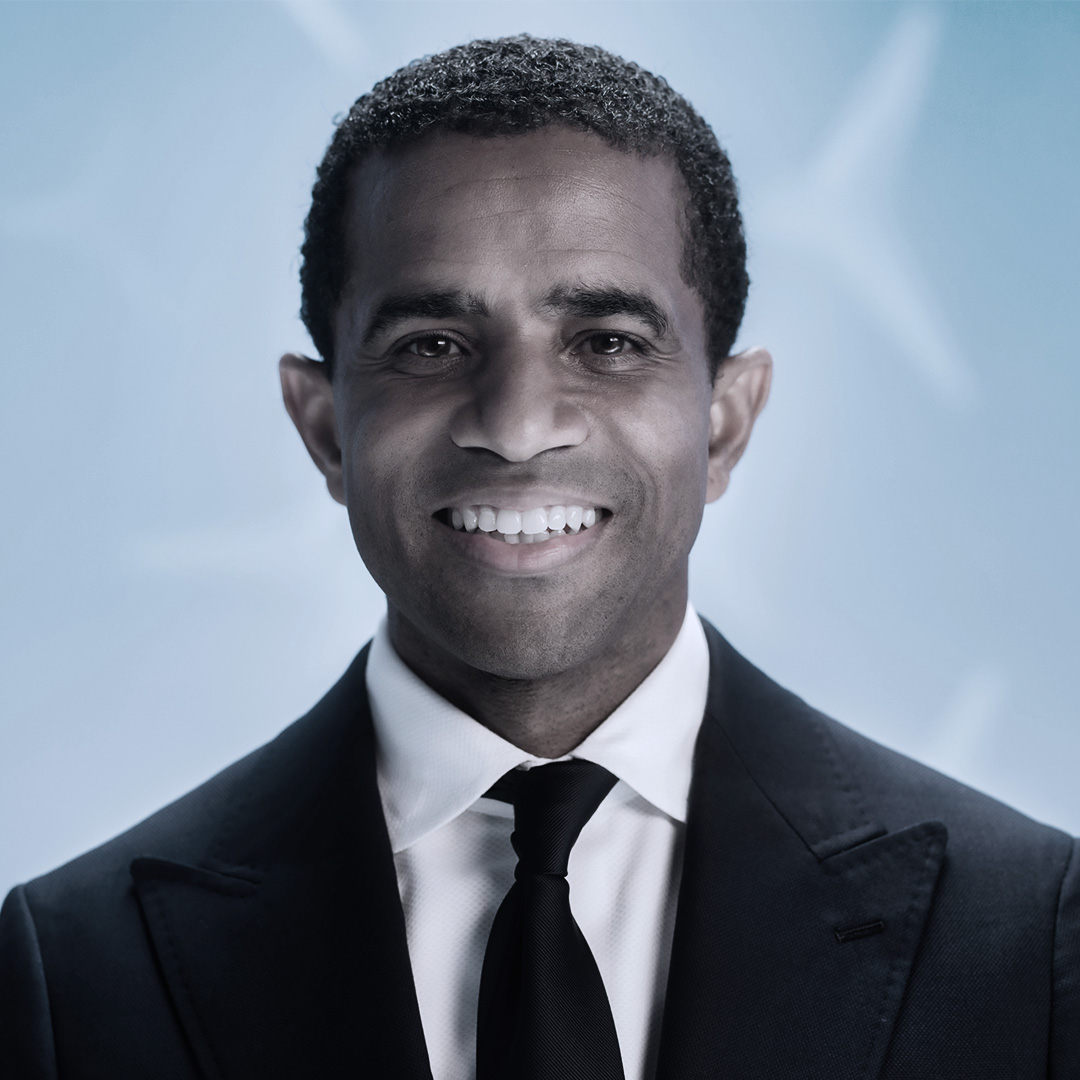To Move Ahead, What Does HR Need to Leave Behind?
Change and evolution are not just about embracing what's new.

In the crystal-ball conversations about HR’s future, the focus is typically on what’s new—new technologies, new processes, new strategies. But change and evolution are not just about embracing what’s new. They also require that you periodically step back to rethink (and shed) assumptions, ideas, and tactics that have outlived their usefulness. We asked three leading HR executives—all members of the SHRM Executive Council—this question: What is one thing that you or your department are revisiting or discarding in your HR strategy, and why?
Jyoti Chopra
Chief People, Inclustion, and Sustainability Officer at MGM Resorts International
Make Room for Automation: Use AI to Simplify Routine Tasks
“At MGM Resorts, we are looking at how to shift from manual to automated modes across our various processes in multiple disciplines. That’s true whether it’s in the area of recruitment, opening a ticket for the shared services center, or compensation practices. We are continually challenging ourselves to find ways to automate and simplify processes that were once manual.
“A good example is our incentive and merit planning. Previously, this was done manually through Excel spreadsheets. Today, it’s all done in dynamic mode through automated systems. It’s a much more agile, streamlined process that can be done in a few clicks.”
Embrace Fewer Meetings and Faster Decision-Making
“The second area is that we’re empowering our leaders and managers to make decisions faster with fewer meetings.”
* * *
Olesea Azevedo
Chief Administration Officer at AdventHealth
Rethink the Traditional Model Around HR Business Partners
“The traditional model, which typically includes HR business partners, centers of expertise, and shared services, has served our function for a long time, as many of the issues we dealt with had a singular solution or expertise area needed. Today’s challenges are more complex and multifaceted, requiring us to break the traditional model down in favor of a more flexible approach.
“Professionals need to be quickly deployed to proactively co-create solutions to the most pressing organizational needs. [They must adjust] from their one HR area to collaborating across the function to continue to keep people at the center.”
Apply Data-Driven Financial Rigor to Boost ROI and Accountability
“The other aspect of the change for us has been the addition of a ‘Value Clearinghouse’ team, which includes the CFO.
“Instead of each functional area determining the value and approach, a team central to the HR model assesses the root cause of the problem, the recommended solution, the extent to which the solution was co-created with the right stakeholders, and the ultimate return on value we can expect.
“This change is helping us ensure that resources are allocated efficiently and effectively from any part of the operating model, preventing wasted resources, and maximizing the return on investment using the same financial rigor as any other part of our organization. It supports our efforts to identify potential risks and challenges associated with new initiatives, ensuring smoother implementation and greater chances of success.
“Finally, this approach fosters a culture of accountability and continuous improvement. By regularly evaluating the outcomes of implemented initiatives, HR can learn from past experiences and make data-driven adjustments to future projects, leading to more effective and impactful outcomes over time.”
* * *
Lars Minns
CHRO at Mercedes-Benz, North America
Discard Hustle Culture: Make Space for Deep Work and Slow Productivity
“One of the things I’ve been focused on is trying to help the team focus on a concept called slow productivity. How do you focus on less? How do you work at a natural pace? Then, how do you obsess over quality? I think marrying that with incremental gains or incremental development is so key. To me, that’s one of the biggest things.
“We’re really going to fast forward and focus big time on leveraging AI as an opportunity for us to unearth and to resurface some of the great things we’ve done in the past and not have those things get buried in the attic.
“We have an AI tool that we piloted for the last two to three months. … I think using this ‘digital employee,’ as we’ve referred to it, is giving me some ideas as to how we can better leverage it across a number of things. It isn’t just a chatbot. It isn’t just a communication machine that is building a learning aptitude. It can be much more than that.”
Revisit Total Rewards: Identify Compelling Ways to Present Offerings to Employees
“We offer total rewards like the next best company. But how much of it has become a pantry of items that people take advantage of (or not), as opposed to things that are compelling? We want to use benefits for the things that benefit our employees, and help employees really master the hacking of total rewards, as opposed to just providing them. I’m thinking a lot about how we become more useful in an age of personalization, where employees want to approach total rewards for the value it can provide them.”
Reconsider Performance Management: Maximize Potential, Rather Than Manage Performance
“We put ourselves through this regular cycle of performance management. Are we, in fact, getting the best yield out of that process? It’s important to have that level of discipline and rigor. But does the performance management process really match maximizing potential?
“It’s important to get down to the essence of: ‘What does potential mean? What are some effective ways to maximizing that potential?’ You always hear in sports that a coach got the best out of his or her players. What drives that? What are some things that the coach focused on to maximize that potential and maximize the power of teamwork? There’s got to be some ingredients and drivers that led to maximizing the potential.”




